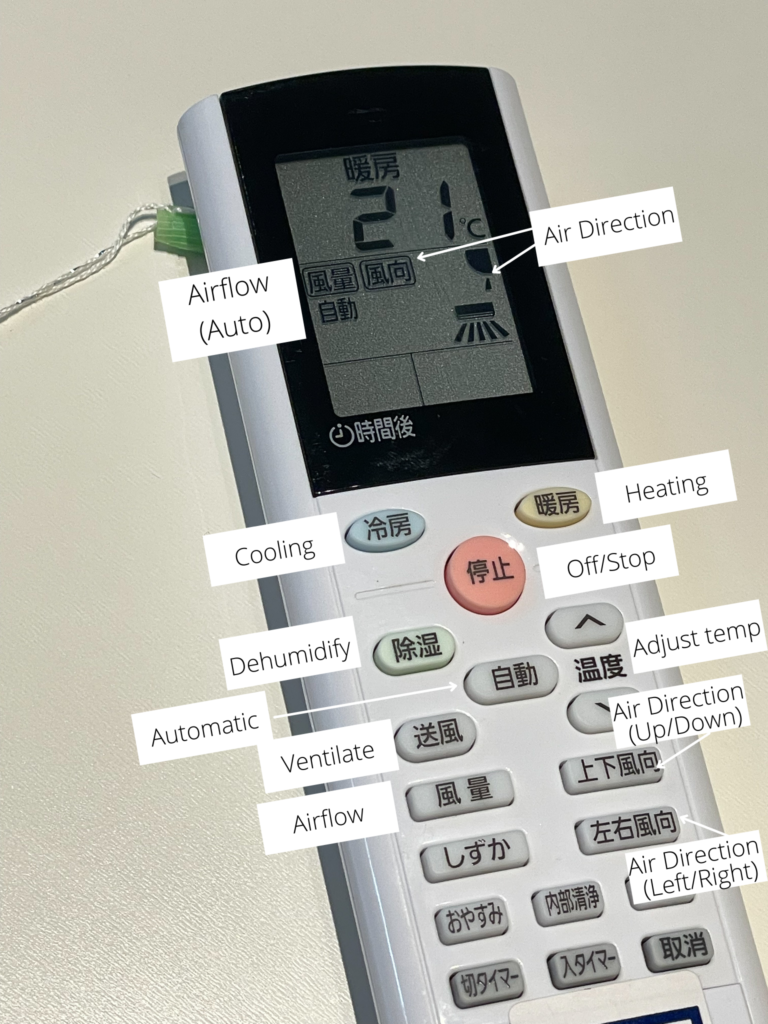How to Keep Babies and Toddlers Warm During Winter in Japan

Last Updated on February 10, 2022 by Kay
This post may contain affiliate links, meaning I may earn a small commission on any purchases through those links at zero additional cost to you. Whatever I make goes to keeping this website running and I am forever grateful for the support. See my Privacy Policy for more information.
Is it just me or has this winter been colder than the rest? Tokyo has been getting a ton of snow this year and it feels like it snows every week where I now live in Osaka! But as much as I love how beautiful the snow looks (and how much it reminds me of home), I’m not a fan of the cold.
Japanese homes aren’t the best when it comes to insulation (unless you live somewhere far north like Aomori or Hokkaido), so if your home feels like an icebox and you’re worried about your baby or toddler, here are some tips on how to make your home and child warmer during winter in Japan.
How to Stay Warm During Winter in Japan
Air conditioner
Okay, this one is pretty obvious. However, some parents may be concerned about their child overheating and therefore only use it for a certain period of time. It’s also expensive to keep on constantly.
Paying attention to the settings is key in helping keep your place warm.

- Ensure that the direction of the air (風向) is downwards as warm air rises up
You can also use a circulator to spread the warm air across the room so the entire room is warmer. We use a circulator by Iris Ohyama and it does a great job. It’s very quiet as well so I can’t even tell it’s on! - Have the airflow (風量) set to automatic (自動設定)
This ensures that the room will be warmed up effectively. The aircon will adjust the amount of airflow accordingly depending on how warm or cool the room gets. - Don’t turn your air conditioner on and off for short periods of time
This sounded crazy to me when I first heard it since using the aircon = money spent, but starting the air conditioner uses a lot of electricity. Therefore, keep it on and if it gets too hot, just lower the temperature instead of turning it off. Of course, if you’re not using the room at night (or during the day) you can turn it off. You can also lower the cost of running the air conditioner by lowering the temperature. - Keep the humidity of the room at 40-60%
To help prevent the room from becoming too dry, the humidity of the room should be 40-60%. To do this, use a humidifier. We’ve been using this one by Sharp for seven years but there are newer models you can get, of course. This is seriously a must-have, especially in your bedroom as a dry room can cause you to wake up with a sore throat or cough in the morning. We have three (one in our daughter’s bedroom, one in ours, and one in the living room) and I feel like it’s absolutely worth the cost. Boiling water can also help with the humidity.
The Tokyo Metropolitan Government’s Bureau of Social Welfare and Public Health recommends that the room temperature for children in winter be at around 20-25°C, although health professionals from western countries recommend 20-22°C. Keep in mind that babies cannot regulate their body temperature, so warm room temperatures may increase the risk of SIDS. Therefore, if you have a young child, try to keep the room temperature on the lower side.
Also note that if your baby’s hands feel cold, they’re not necessarily cold. Babies have a higher core temperature than adults but because they can’t regulate their body temperature, their hands and feet feel cold. (Not to mention they don’t do much heat-generating activity those first few weeks!)
If you’re worried, check how warm their back, neck, and stomach feel. If it feels cold to you, they may be cold so they may need something warmer to wear or a hat, socks, and/or mittens. (My toddler has really cold feet, but she refuses to wear socks at home but has a warm body and is as energetic as ever, so I don’t worry too much about it.)
For more information on overheating, read this article by Healthline.
Lastly, make sure to position your child’s crib or bed so that the air from the air conditioner is not directly blowing on them.
Alongside the air conditioner, you may want to try using one (or several) of the methods below to help keep your little one nice and toasty.
Insulation Film (断熱シート)
![]()
One way to keep out the cold is to insulate your windows. There are a few ways you can do this. For example, back when we lived in an アパート, we taped bubble wrap to the windows (tip: stick it on with the bubble-side facing the window, which will help improve insulation).
There’s also insulation film that can help keep the room warm during the winter and cool in the summer. We used insulation film on a massive window in our bathroom when we lived in a first-floor apartment, and it definitely made a difference.
If your walls are cold, you may want to try insulation sheets made specifically for walls (although if you are living in a rental, you should be careful about this as these sheets might remove some of the wallpaper). You can also use cardboard and put to use all those Amazon boxes you may have laying around your home (is this just me…?).
Insulation Curtains
These curtains have a lining that is meant to insulate and block out cold air from entering your home through the window. For maximum insulation, get floor-length curtains.
Similar to insulation film, there are also ones that can keep your home cool during the summer as well, and block out light (which are excellent for placing in your child’s room if they wake up with the sunrise and you want them to sleep a bit longer.)
If you don’t want to get new curtains, insulating curtain liners can be a great alternative, especially as they can completely drape over the bottom of a window and across the floor.
Gap Tape
This is something you can put anywhere that has a gap in your home that causes cold air from outside to come in and hot air to escape. For instance, window frames, sliding doors, and so on. This is another product to be careful about using if you’re renting a place because it can leave behind residue after being peeled off.
There’s also this giant pillow that you can place along the bottom of a door or window to help block out the air if you want something easier to remove.
This reminds me of a snake or a body pillow!
Insulating the Floor
Babies crawl and toddlers tend to have an aversion to socks, so it’s a good idea to try to insulate your floors. There are a few ways you can do this, such as using an insulating aluminum sheet and placing a carpet on top, or using cork mats. Aluminum sheets are especially great to keep under electric carpets as you can turn the carpet off and it will remain warm for much longer.
There are also aluminum sheets that be used under the futon or mattress to help retain heat and keep your little one warm during naps and throughout the night. (And as a bonus, some can also repel dani, which are house mites.)
Thermal Clothing
Stores in Japan have a wide range of clothing that can help keep your little one warm. The terms you want to look for are Heat Tech (exclusive to Uniqlo), あたっか, 保温, ぽかぽか, and ほかほか.
I bought my daughter several pieces of thermal clothing from Nishimatsuya’s winter end-of-season sale (which is on right now!), such as sweatshirts, pants, and undershirts.
There are also pajamas and pajama bottoms for kids with a haramaki waistband, which keep their bodies nice and warm.
As mentioned earlier, newborns are still in the beginning stage of learning how to regulate their body temperature and their core temperature is slightly higher than ours, so they don’t need to be in thermal clothing or lots of layers as they can overheat.
Sleepers and Sleep sacks
Back when my daughter was a baby, she wore footed pajamas with a sleep sack from H&M, which kept her nice and toasty.
Now she uses a fleece sleeper every night and sometimes wears it during the day when she feels cold. These are great because the size allows you to use it for a few years. (And if you want to match with your kid, the Totoro one pictured above also comes in an adult size!)
Japanese Words Related to Staying Warm
Here are some words in Japanese to look out for when you’re shopping for products that will help keep your family warm.
あったか 素材 (attaka sozai) ⇒ thermal material
ほかほか (hokahoka)・ぽかぽか (pokapoka) ⇒ warm
温かい (attakai ) ⇒ warm
熱(netsu)⇒ heat
断熱(dannetsu)⇒ insulation
保温 (ho on) ⇒ insulation/retaining heat
Do you have any tips or tricks for keeping your place and/or child warm during winter in Japan? If so, let me know in the comments!

